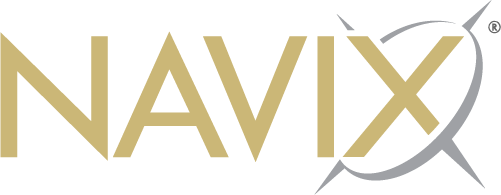2017 Q2 Market Commentary
You need only one word to describe the performance of most global securities during the second quarter: “Up.” In fact, of the 145 stock, bond, U.S., foreign, target, and commodity indices found on Morningstar.com, all but 14 were positive for the quarter. Of the 14 that were down, only seven fell more than 1%. Energy stocks and commodities were the most notable decliners during the quarter, consistent with the feeling that – excluding health-care costs – inflation is missing in action.
The U.S. stock market reached new all-time highs five out of the first six months of this year. Solid earnings growth has been the primary driver of higher stock prices with the S&P 500® (a broad measure of U.S. stock market performance) up 9.3% for the year. Technology stocks had significant gains, with the FAANG stocks (Facebook, Amazon, Apple, Netflix, and Google) all up 17.7% to 31.2%. One of the biggest surprises this year has been the record low volatility. The market’s risk measure, CBOE VIX® (VIX), has recorded some of its lowest readings ever. The average daily swing of the S&P 500® during the second quarter has been 0.3%; the lowest in more than half a century. This low volatility seems to put investor expectations at odds with the unconventional political backdrop in Washington and what could be a season of substantially more policy uncertainty.
With the market at historical highs, a politically inexperienced and controversial new President, continuing partisan political turmoil, contentious elections in Europe, and global religious and political terrorism, many investors may have understandably exited the market at the beginning of the year. If so, they may regret not being believers in the third longest economic expansion since 1850 or the second longest bull market in modern capital market history. Global stocks had one of the strongest half years in many years. In hindsight, it is strange the political turmoil since the beginning of the year did not affect the market. An extremely toxic political climate fostered by “twitternomics” and grim one-party rule policies is no safe road to a well-functioning economy; yet, the U.S. market seems to have hardly noticed.
In spite of the turmoil in Washington, mainstream economists mostly agree the economy is experiencing relatively robust growth. At 4.3%, the unemployment rate reported for May was the lowest in 16 years. While the unemployment rate for June edged up to 4.4%, the economy added a greater number of jobs than expected. The rate rose as even more workers were added to the labor force, an encouraging sign. The job market has been tightening, but so far we’ve seen little upward pressure on wages. Inflation, at an annual rate of 1.9% through May, was still below the Federal Reserve’s target of 2.0%. U.S. gross domestic product (GDP), a measure of an economy’s growth, grew at an anemic rate of 1.4% in the first quarter, with forecasts for the second quarter little better.
A consensus is emerging that the slow growth characterizing the current economic expansion, rather than presenting a problem, is a new “Goldilocks scenario.” In other words, the economy is neither too hot nor too cold – sustaining moderate growth, low inflation, and rising asset prices. It’s becoming apparent that slow growth provides ample time for the economy to adjust to changes that might otherwise develop into excesses in a faster-growth environment. The slow growth economy, previously seen as a source of frustration, is gaining acceptance as the unemployment rate continues to decline and help-wanted signs become more prevalent.
With so much good news, it is common for investors to desire an increase in the risk profile of their portfolios to gain higher returns. We believe it is important to remain diversified and stick to a predetermined investment plan, only making changes when dictated by financial need, not desire. Sticking with this path can be difficult because diversification also comes with the potential for lower returns as not all asset classes move up at the same time in the same magnitude. Maintaining a diversified portfolio, complete with periodic rebalancing, is important because despite the positive outlook risks remain. A geopolitical blow-up, monetary policy “mistake,” or a major political shakeup could occur with limited warning. Any of these unforeseen events could precipitate sharp declines in the economy and the markets.
We are happy to discuss these topics and any other questions you may have during our next meeting.
The views and opinions expressed are of Persium Advisors, LLC. This commentary is provided for educational purposes only and should not be construed as investment advice. Persium Advisors is an investment advisor firm located in Atlanta, GA.
ph 678.322.3000 / fax 678.322.3059
Persium Group, LLC / 2100 Riveredge Parkway, Suite 1230 / Atlanta, GA 30328
Persium Group consists of three teams: Persium Advisors — wealth management for business owners and other investors, NAVIX — exit planning for business owners, and CoVerity — serving the needs of retirement plan committees.
The Persium Group, formerly known as White Horse, is an independently owned and operated firm that was founded in 2004. In 2010, White Horse Advisors, LLC registered with the Securities and Exchange Commission as an investment adviser allowing us to operate in a product neutral, fee-only investment environment.



